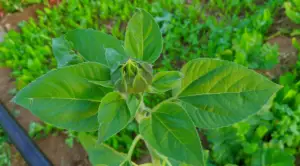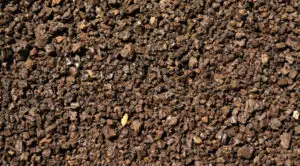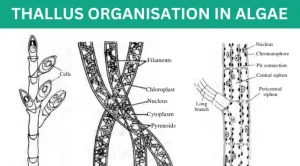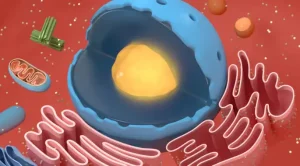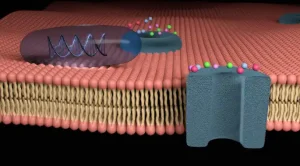Pigments In Plants – Chlorophyll, Carotenoids, and Xanthophylls
Pigments in Plants definition : Substances can absorb light of a specific wavelength and produce color. Importance: Pigments in plants cell’ chloroplasts absorb the light and energize electrons, raising them to a higher energy level. It is the energy used … Read more

